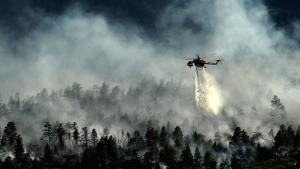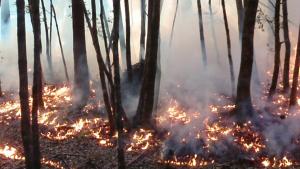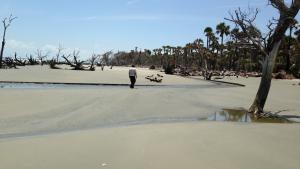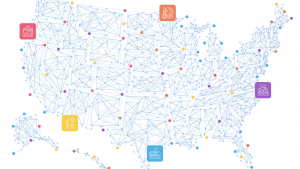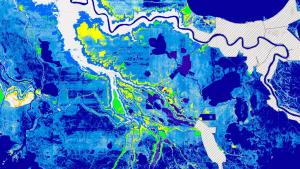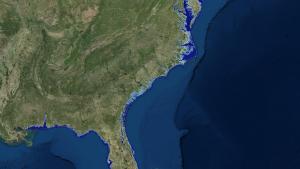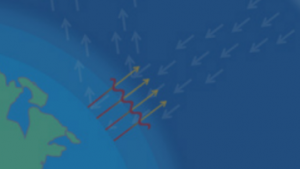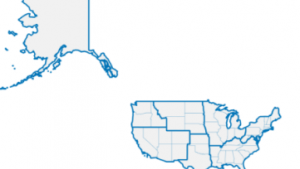- What natural features, historic sites, schools, tourist attractions, or retail centers make your community special?
- Which industries and companies support a significant number of jobs?
- What transportation infrastructure (roads, bridges, ports, light rail, etc.) do people and businesses depend on to move people and goods through the community?
- What special events draw visitors to your community?
- Check your list against our list of assets.
Depending on the size of your community, you may not be able to consider each individual building or piece of infrastructure on its own. In this case, you can group similar assets together to help you move forward.





